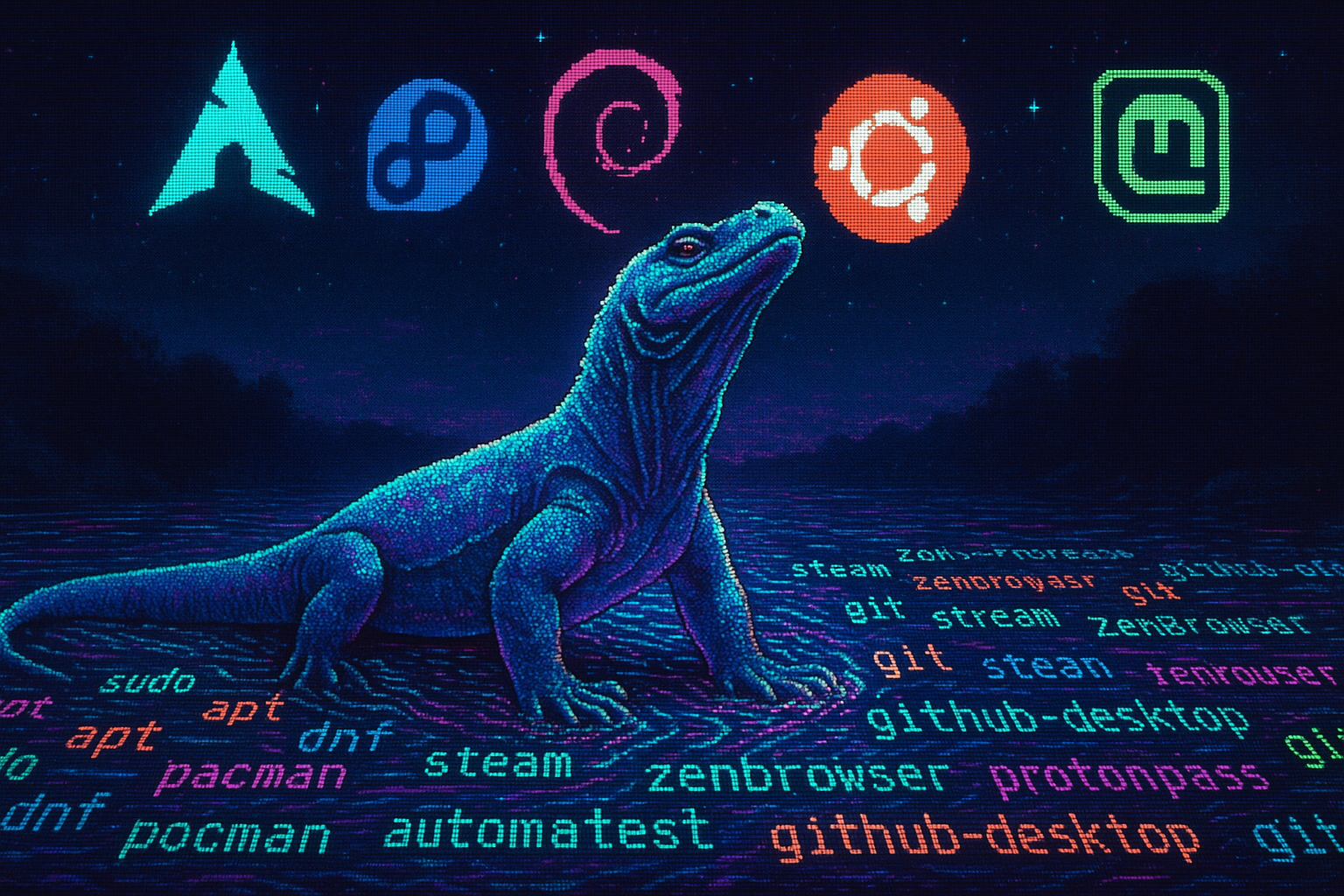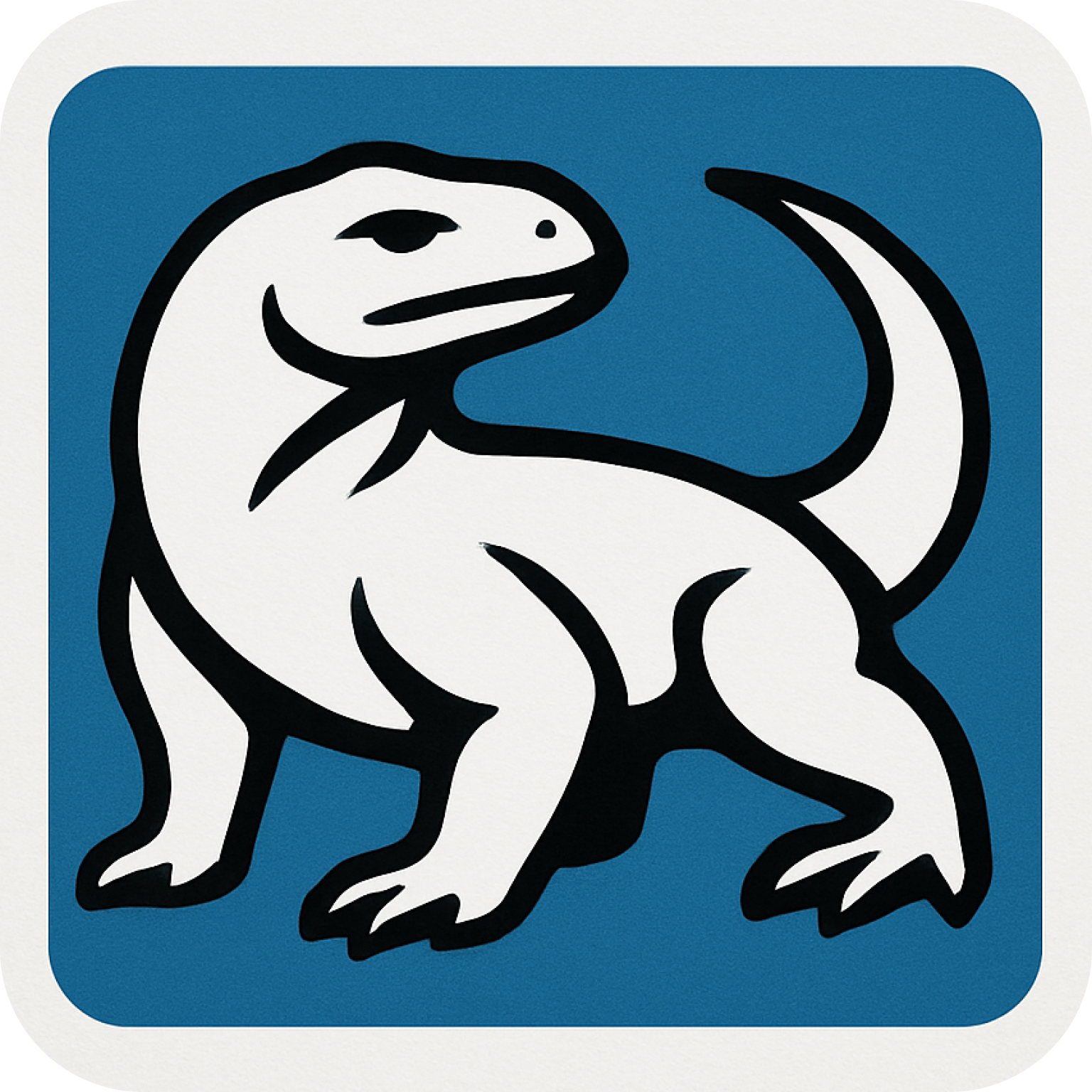
Inspired by my journey into the world of Linux, I set out to create something that could make the learning curve a little less steep for others. That idea became Comodo — Linux Guide, a compact and accessible website designed to help users master Linux with confidence. Like many who start with Linux, I often found myself jumping between scattered resources, forums, and tutorials. I wanted to centralize the essentials — the key commands, tools, and concepts — into one clear, structured guide.
Comodo simplifies the Linux experience by organizing both commands and distributions in a way that guides users from beginner-friendly content to more advanced topics. The distributions are sorted from easiest to hardest, helping users choose the right starting point and understand the progression of complexity in the Linux ecosystem. Similarly, essential terminal commands are categorized by difficulty and purpose, giving learners a sense of direction and growth.
One of the core features I built into Comodo is a Flatpak Setup Generator. This tool makes it incredibly convenient to install multiple applications in one go. Users can select the apps they need from a curated list, and Comodo generates a custom bash script that installs them all using Flatpak. It’s a small detail, but it makes a huge difference in usability — especially for newcomers who might be intimidated by package managers and command-line tools.
From a development perspective, I built Comodo using Next.js, Tailwind CSS, and Framer Motion. Next.js gave me the speed and flexibility to create a statically generated site that loads fast and scales well. Tailwind CSS helped me keep the UI clean, responsive, and consistent without bloating the codebase. Framer Motion added subtle yet powerful animations that make the site feel more polished and alive.
Ultimately, Comodo is more than just a guide — it's a tool for exploration and empowerment. Whether you're switching to Linux for the first time or looking to sharpen your skills, Comodo provides a clear and convenient path forward. What started as a personal learning resource has now grown into something I hope others will find just as useful in their own Linux journey.
